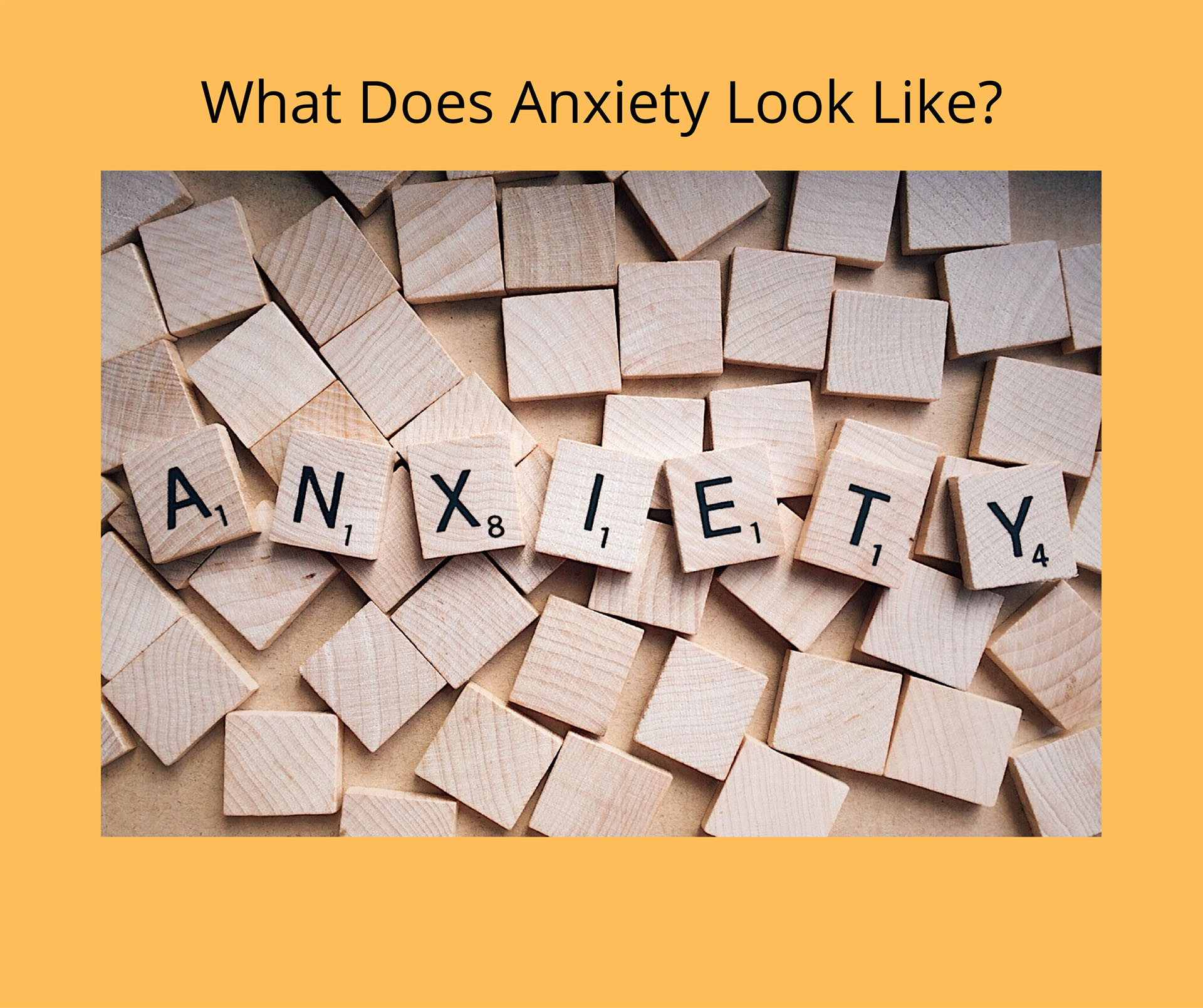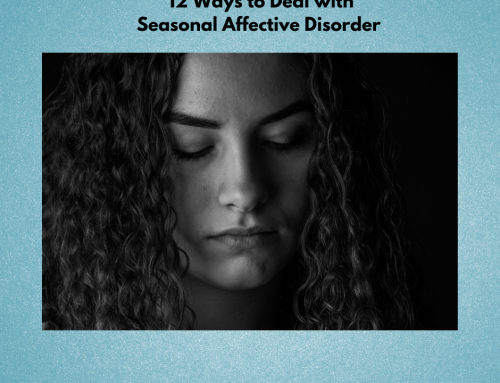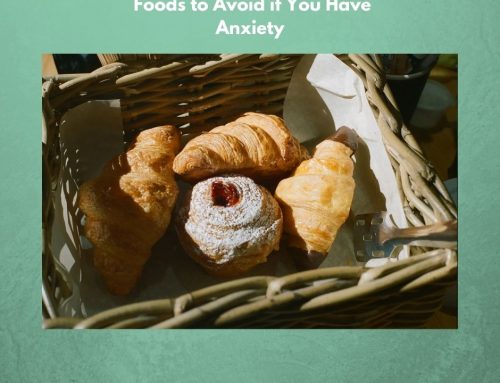When we experience anxiety, our mind and body are identifying something that is uncertain and possibly dangerous. This awareness is a good thing and can protect us from these threatening situations. However, it’s a bad thing when there isn’t actually anything to be afraid of and it begins to impact your mood, functioning and relationships. There are many ways to learn how to cope with and manage worries and anxiety, as well as decrease stress in your life. But first, you must learn to recognize your physical and emotional signs and symptoms of anxiety, then you need to identify what your thoughts are as a reaction to how you are feeling and lastly you must determine what your behaviors are; meaning what are you going to do and how will you cope?
It’s important to recognize what the responses of anxiety look like; both physically and emotionally. If you are able to recognize the symptoms, it gives you the opportunity to put a plan into action for dealing with them before you become overcome with anxiety. Below is a list of possible emotional and physical reactions that tell us that a person may be perceiving an unsafe and uncertain situation.
Symptoms:
Physical:
- Trouble catching your breath/rapid heartbeat/rapid breathing
- Butterflies in your stomach
- Sweaty and/or trembling hands
- Feeling Lightheaded/dizzy
- Feeling nervous or jumpy
- Feeling tired all of the time
- Having trouble concentrating
- Headaches
- Problems sleeping or relaxing
- Eating more often or finding it difficult to eat at all
- Nausea and upset stomach
- Tight painful chest/palpitations
- Numbness and tingling (in face, hands)
- Hot and cold flashes
Emotional:
- Avoidance behaviors such as avoiding places, refusing to do things, avoiding friends and/or family
- Procrastination
- Constant worrying about things that may happen or have happened
- Pessimism and negative thinking patterns such as imagining the worst, over exaggerating the negatives, rigidity and inflexibility, self-criticism
- Quieter than usual
- Poor memory and forgetfulness
- Perfectionism and attempting to control all situations
- Irritability and moodiness
- Crying
- Feeling overwhelmed
- Feeling fearful
For people who have anxiety, worry and fear are constant and overwhelming. Anxiety, doesn’t just affect your body physically and emotionally; it also affects your thoughts and your behaviors.
Thoughts:
Recognizing your thoughts, or your “self-talk” when you are anxious is essential. Often when a person is anxious, their self-talk is negative and critical. It is important to recognize what you say to yourself, what your thoughts are and what you are worried about. For example, if you are anxious about flying, your negative self-talk might be “the plane could crash.” Or, if you are worried about a presentation at work, then your negative self-talk may be “there is no way I’m going to do well on this presentation.” If you think “I’m so hopeless, I’ll never do it,” you may find yourself feeling angry, sad, incapable and ultimately more anxious. Understanding the impact that these thoughts can have on how you feel and behave, is the first step needed to change negative self-talk into something more positive. How we feel and the confidence that we have to deal with difficult anxiety provoking situations, directly correlates to the thoughts in our minds.
Behaviors:
Fight-Flight-Freeze:
When faced with either a real danger or even a perceived danger, fight-flight-freeze is one of the body’s first ways of responding to it. Fight-flight-freeze occurs when the body naturally activates a physiological reaction during a perceived dangerous situation. How you respond to the situation will depend on how you assess it and to what degree you feel you can manage it.
For example, imagine this scenario, you’re asleep in your bed and hear a noise downstairs. You get up and realize there is a robber in your house. How do you react? Speaking for the average person, you may decide in an instant that you don’t have the strength to fight a robber or the speed to run from them. So, in order to protect yourself and your family, you make the decision to freeze and find a safe place to hide until the robber has left the house.
- Fight- attack the robber
- Flight- run from the robber
- Freeze-hide from the robber
In this first scenario, there was a real danger. The decision to freeze was your body’s way of adapting to a serious situation and in fact was the best thing you could do.
Now here’s a second scenario. You have a test to take, whether it be for school or work. You’re nervous and don’t know if you’ve prepared enough for it. How do you react? For many people, feeling nervous and anxious about taking a test is typical. The game changer is how you manage and react to those feelings. With the help of adrenaline, a large number of people will immediately decide that they can overcome their nerves and take the test; fight. Some will feel that the test is too hard and they can’t overcome their feelings, so they skip the test; flight. Others, will attempt to take the test, but get overcome with anxiety and will sit there unable to write it; freeze.
- Fight- take the test
- Flight- skip the test
- Freeze- sit at your desk and write nothing
In this scenario, while you may feel anxious about taking the test and overwhelmed with fear, there really isn’t anything to be afraid of. There’s a chance you may not do well, but if you’re prepared, there’s a good chance you will. Even though there is no real danger, the anxiety you feel activates the fight-flight-freeze reaction and if you aren’t able to recognize and deal with your nerves, the anxiety you feel will impact your daily living and will become a problem.
Moving on from your feelings, thoughts and behaviors….
Recognizing your physical/emotional symptoms, thoughts and behaviors are all first steps to understanding how anxiety presents itself to you; it’s different for everyone. Once you are able to identify when you are feeling anxious, you can learn which strategies to implement to calm yourself and you can make a plan that is helpful in managing your symptoms and reactions. Anxiety is something that should be faced…head on. If you avoid how you’re feeling, this gives your feelings more power over you. The more power your anxiety has, the more it snowballs into something bigger.











